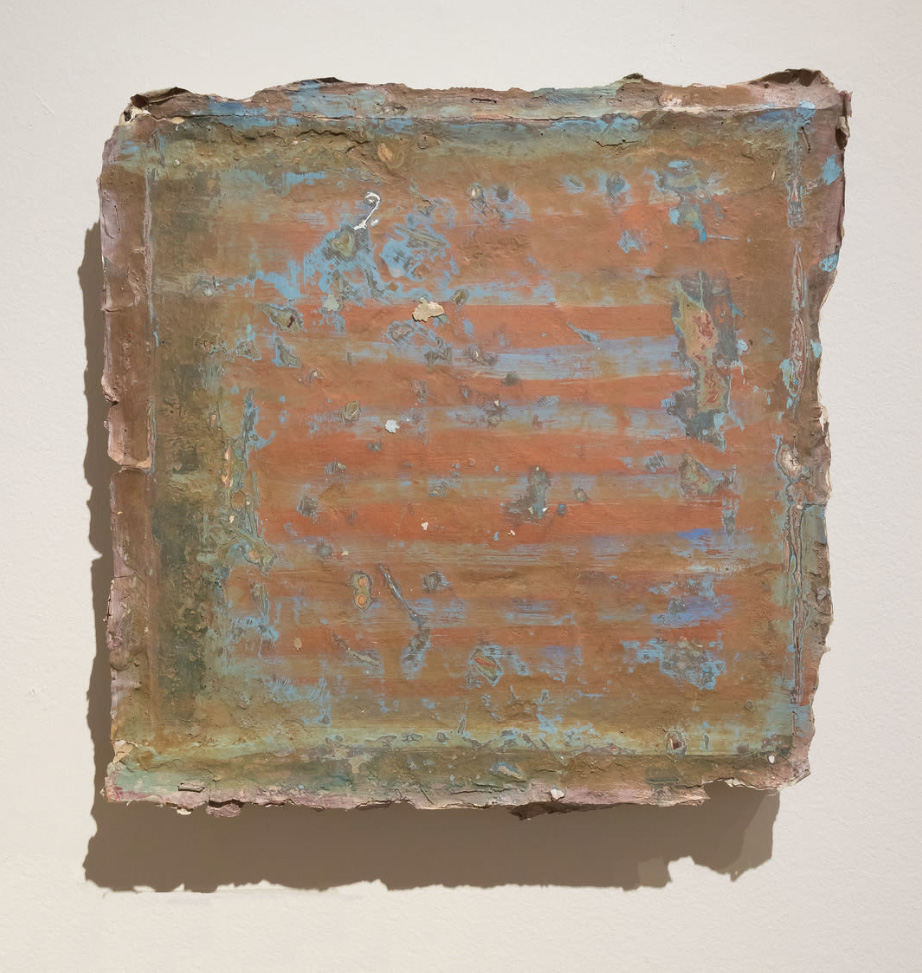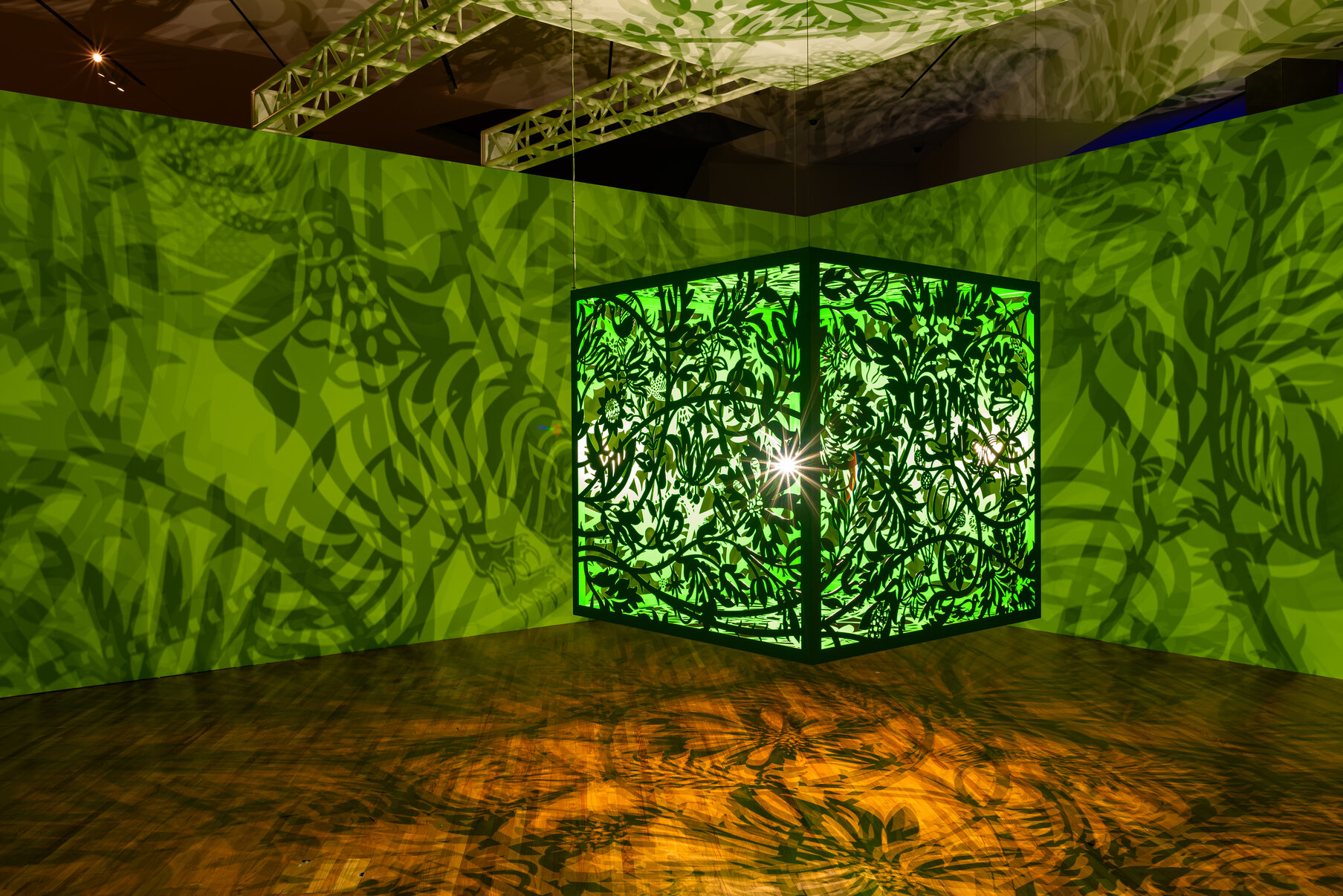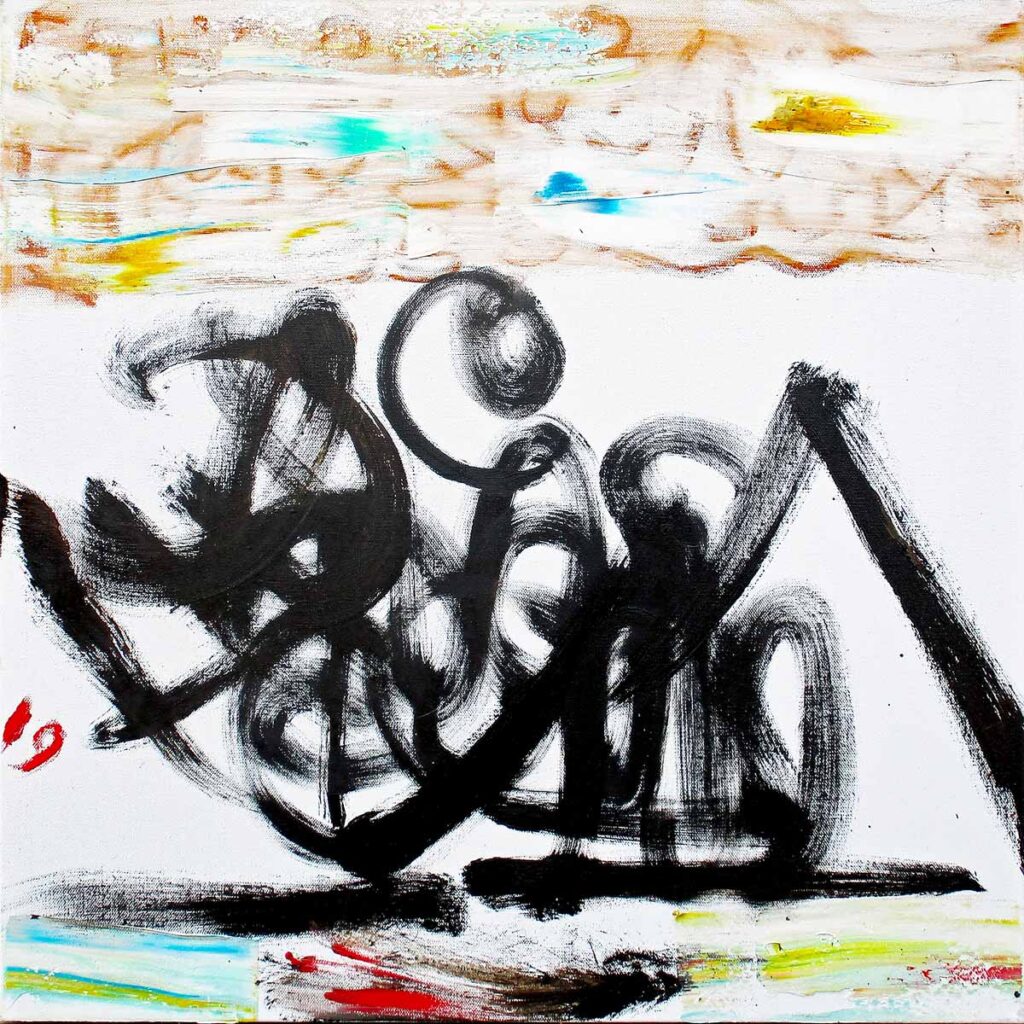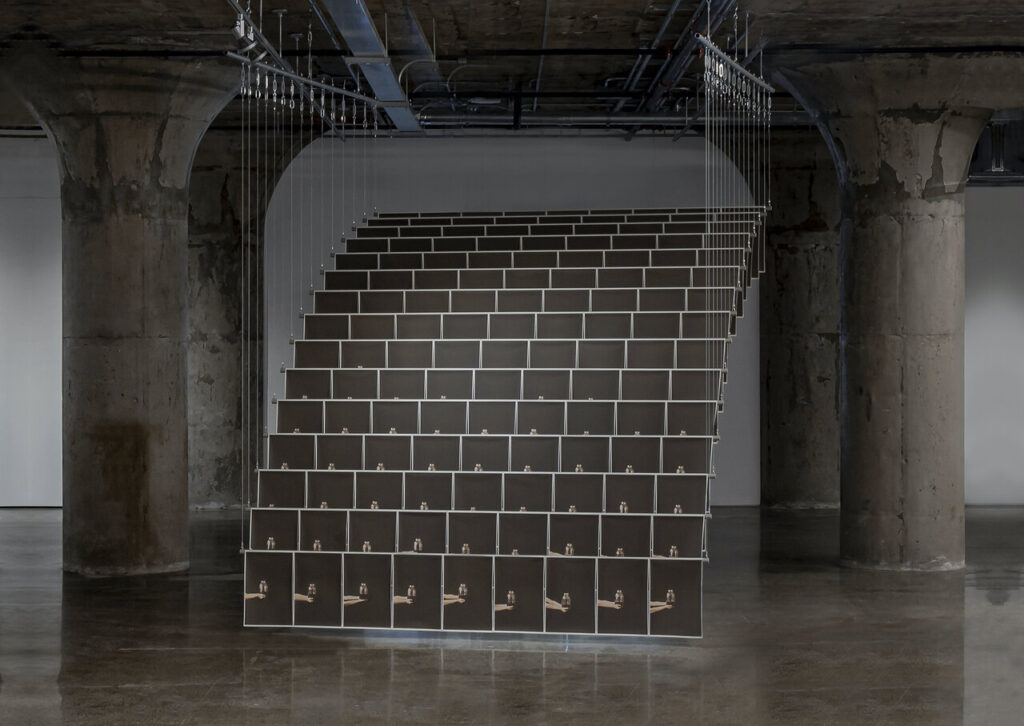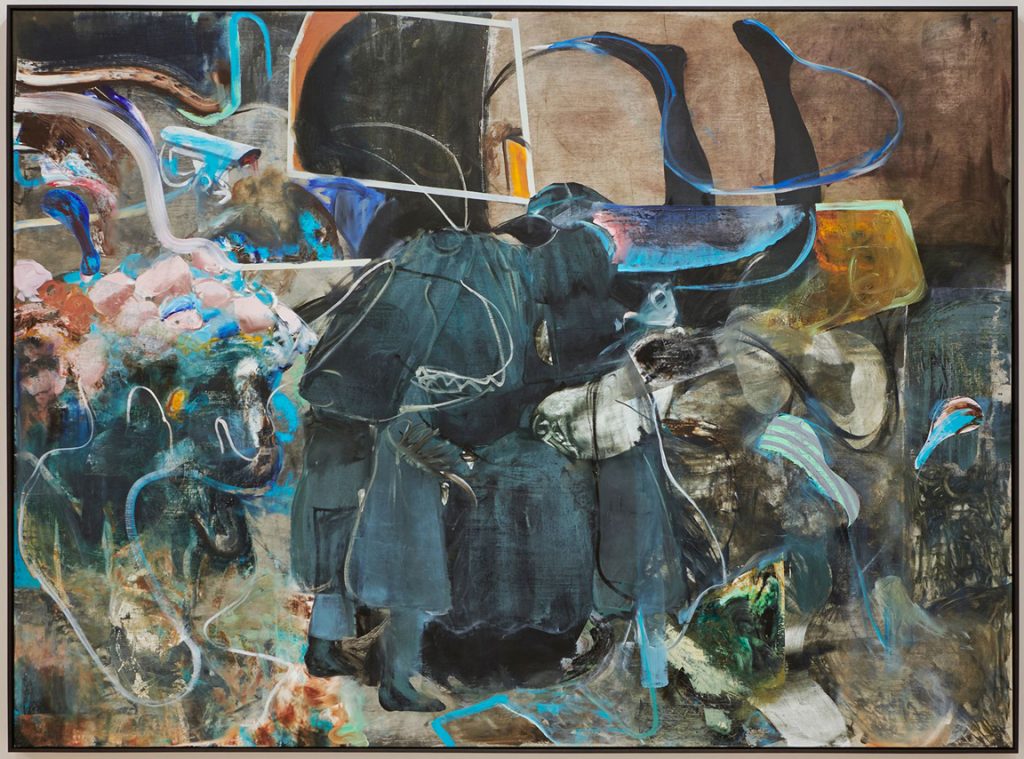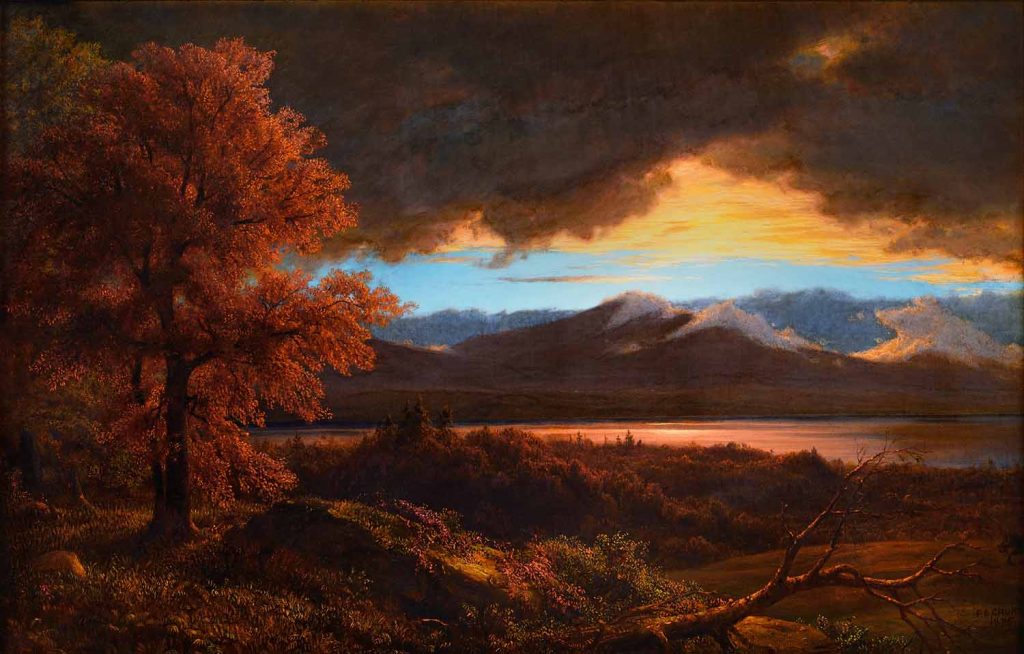by Peter Frank
Can we see past what we see? Can we see more than we see? Can we see in a way that not only reveals what we haven’t been seeing, but has us see a whole different reality? These are the questions that abstract art, after more than a century, still poses us. Art that does not replicate or even approximate the seen world is no longer a challenge to aesthetic conventions; it is by now universally regarded as an invitation to comprehension of a different kind, a comprehension at once more personal and more universal than is possible with representational art. Abstraction moves its makers and its viewers alike, in unique ways.
